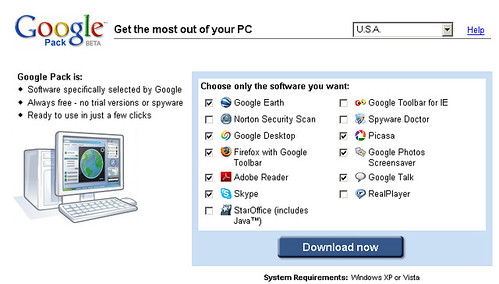Four Bar Software Norton
MotionGen: Interactive Design and Editing of Planar Four-Bar Motions for Generating Pose and Geometric Constraints.,” Artas-Engineering Software, Nuenen, The.
Interactive Four-Bar Linkage Dynamic Force Analysis Given position, velocity, acceleration, and inertia properties such as mass and mass moment of inertia for each moving link of a four-bar linkage, we are able to perform force analysis for the linkage. Three static equilibrium equations, in terms of forces in the X and Y directions and moment about the center of gravity of the link, can be written for each link. Advantages of hydrocracking reaction to dogs. The is also available. For link 2, we get F12x + F32x + Fg2x = 0 (1) -m2g + F12y + F32y + Fg2y = 0 (2) Ts + (-rg2) x F12 + (r2-rg2) x F32 + Tg2 = 0 (3) where rg2=rg2*exp(i(theta2+delta2)) is the position vector from joint Ao to the center of gravity of link 2.
F12 and F32 are the joint forces acting on link 2. Fg2 and Tg2 are the inertia force and inertia moment of link 2. M2 is the mass of link 2 and Ts is the driving torque. For link 3 we get F23x + F43x + Fg3x = 0 (4) -m3g + F23y + F43y + Fg3y = 0 (5) (-rg3) x F23 + (r3-rg3) x F43 + Tg3 = 0 (6) where rg3 = rg3*exp(i(theta3+delta3)) is the position vector from joint A to the center of gravity of link 3. F23 and F43 are the joint forces acting on link 3.

Fg3 and Tg3 are the inertia force and inertia moment of link 3. M3 is the mass of link 3. For link 4 we get F34x + F14x + Fg4x = 0 (7) -m4g + F34y + F14y + Fg4y = 0 (8) (-rg4) x F14 + (r4-rg4) x F34 + Tg4 + Tl = 0 (9) where rg4=rg4*exp(i(theta4+delta4)) is the position vector from joint Bo to the center of gravity of link 4. F14 and F34 are the joint forces acting on link 4. Fg4 and Tg4 are the inertia force and inertia moment of link 4.
M4 is the mass of link 4 and Tl is the torque of external load.
In this paper, we have presented a unified framework for generating planar four-bar motions for a combination of poses and practical geometric constraints and its implementation in MotionGen app for Apple's iOS and Google's Android platforms. The framework is based on a unified type- and dimensional-synthesis algorithm for planar four-bar linkages for the motion-generation problem. Simplicity, high-utility, and wide-spread adoption of planar four-bar linkages have made them one of the most studied topics in kinematics leading to development of algorithms and theories that deal with path, function, and motion generation problems.
Yet to date, there have been no attempts to develop efficient computational algorithms amenable to real-time computation of both type and dimensions of planar four-bar mechanisms for a given motion. MotionGen solves this problem in an intuitive fashion while providing high-level, rich options to enforce practical constraints. It is done effectively by extracting the geometric constraints of a given motion to provide the best dyad types as well as dimensions of a total of up to six four-bar linkages.
The unified framework also admits a plurality of practical geometric constraints, such as imposition of fixed and moving pivot and line locations along with mixed exact and approximate synthesis scenarios. Copyright in the material you requested is held by the American Society of Mechanical Engineers (unless otherwise noted). This email ability is provided as a courtesy, and by using it you agree that you are requesting the material solely for personal, non-commercial use, and that it is subject to the American Society of Mechanical Engineers' Terms of Use. The information provided in order to email this topic will not be used to send unsolicited email, nor will it be furnished to third parties. Please refer to the American Society of Mechanical Engineers' Privacy Policy for further information.
